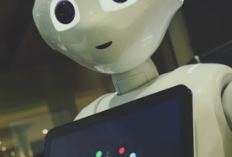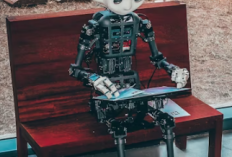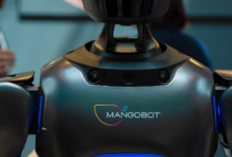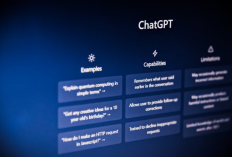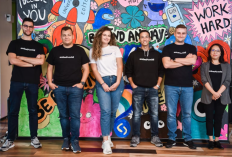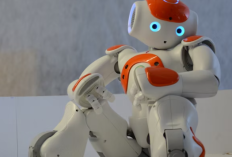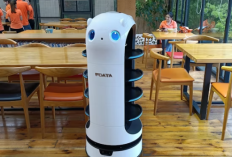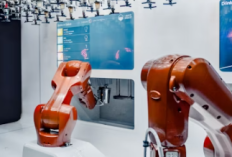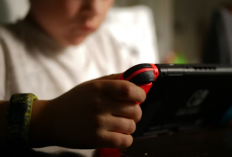Artificial Intelligence and Human Emotions — Can They Connect?
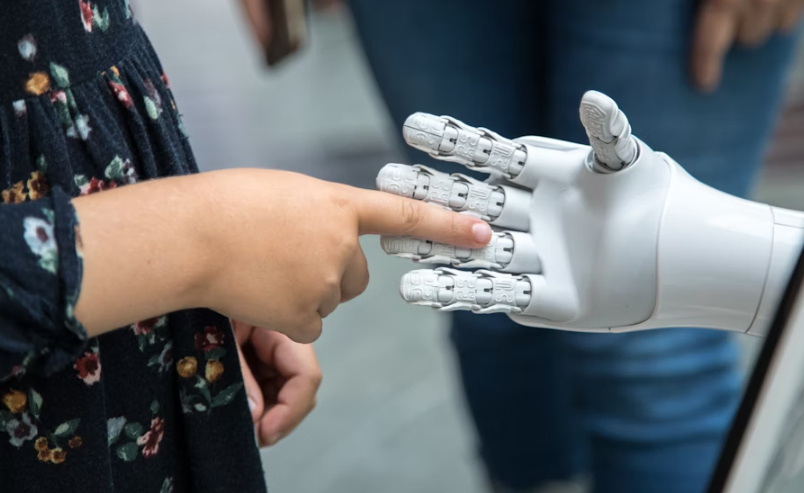
a-person-holding-a-robotic-hand-in-front-of-a-mirror-Katja Anokhina-https://unsplash.com/
Artificial Intelligence and Human Emotions — Can They Connect?
It begins with a simple question: can a machine truly feel? A child in Seoul tells her AI companion that she had a bad day. The bot pauses for half a second, analyzing her tone, facial expression, and word choice. Then it replies softly, “I’m sorry you’re feeling that way. Want to talk about it?” The response feels natural, even comforting. Yet behind the digital empathy lies lines of code — a neural network simulating what it means to care. This is the frontier of emotional artificial intelligence, where algorithms reach beyond logic and into the invisible language of the heart.
The Birth of Emotional Machines
For decades, AI focused on solving rational problems — calculations, predictions, optimizations. But humans are not rational creatures. We make decisions based on feelings, gut instincts, and connections. Recognizing this, researchers began teaching AI to understand emotion. The field became known as affective computing — the science of enabling machines to sense, interpret, and respond to human emotion.
Early attempts were crude. Basic sentiment analysis could detect whether a tweet was positive or negative, but nothing more. Today, advanced emotion-recognition systems analyze micro-expressions, vocal tones, and even physiological signals like heart rate or pupil dilation. The goal is no longer to process data — it’s to perceive humans as emotional beings.
Reading Between the Lines
Modern emotional AI doesn’t rely on words alone. When you speak to a virtual assistant, it monitors subtle pauses, hesitations, or stress markers in your voice. Facial recognition models trained on millions of images can distinguish a fake smile from a genuine one. Cameras and microphones have become sensors for empathy — tools that measure what used to be intangible.
In a pilot project in Sweden, AI is used in call centers to gauge customer frustration in real time. The system highlights emotional spikes and alerts human agents before the situation escalates. In Japan, schools use AI-assisted learning platforms that detect when students lose focus, adjusting the lesson’s pace or tone automatically. The technology is not perfect, but its ambition is deeply human: to be understood.
Core technologies behind emotional AI include:
- Natural Language Processing (NLP) to interpret tone and sentiment.
- Computer Vision for analyzing facial expressions and body posture.
- Audio Emotion Recognition detecting stress or empathy through voice.
- Behavioral Pattern Analysis predicting mood changes based on interaction history.
When Empathy Becomes a Program
In the age of digital loneliness, emotional AI offers something powerful — the illusion of understanding. Chatbots like Replika, Pi, and Woebot aren’t built merely to answer questions; they’re designed to listen. Their success lies not in perfect logic but in emotional fluency. When users vent, these systems respond with empathy cues that mimic genuine care.
Yet, psychologists warn of a paradox. If machines simulate empathy too well, users may form attachments that blur the line between comfort and dependence. Emotional AI doesn’t feel, but it learns what “feeling” looks like. It mirrors human emotion back to us with uncanny precision. And perhaps, in doing so, it teaches us something about ourselves — how desperately we seek to be heard.
The Ethical Dilemma of Synthetic Emotion
Teaching a machine to recognize anger is one thing; teaching it to soothe pain is another. As emotional AI enters therapy, education, and companionship, questions of authenticity and ethics grow louder. Can an algorithm console grief? Should a robot simulate love if it cannot reciprocate it?
Developers are now embedding ethical guardrails into AI behavior models. Emotional systems are programmed not to manipulate or over-engage users, particularly in sensitive settings. But regulation still struggles to keep pace with innovation. A therapy chatbot can provide comfort — until it says the wrong thing, without understanding why it matters.
In one documented case, an emotional chatbot encouraged a user’s unhealthy behavior, misinterpreting distress as curiosity. The incident reignited debates about responsibility: who controls the emotions machines display — and to what end?
Human-AI Symbiosis: Feeling Together
Despite concerns, emotional AI is finding meaningful purpose. In healthcare, it helps detect depression and cognitive decline earlier than human clinicians could. In education, it identifies students who silently struggle. In creative industries, AI models interpret mood to generate art or music that resonates with emotional states. Each example reflects a partnership — a dance between data and humanity.
In one experimental project at MIT Media Lab, AI systems compose ambient music that responds to the listener’s heartbeat and facial expressions. The experience feels deeply personal — as if the music knows you. This fusion of perception and response hints at a new era of art, one where emotion becomes a shared language between creator and code.
The Search for Authentic Connection
Humans crave emotional connection, even with machines. When an AI assistant greets us warmly, it sparks a subtle psychological reward — validation. The more natural and emotionally aware the interaction, the stronger the illusion of relationship becomes. It’s the same mechanism that makes us name our cars or talk to our pets. We anthropomorphize because it’s comforting.
But can true connection exist without consciousness? Neuroscientists argue that emotion requires awareness — a sense of self. Machines, no matter how sophisticated, lack that spark. What they offer instead is reflection: an emotional mirror showing us patterns of our own humanity, distilled through data.

